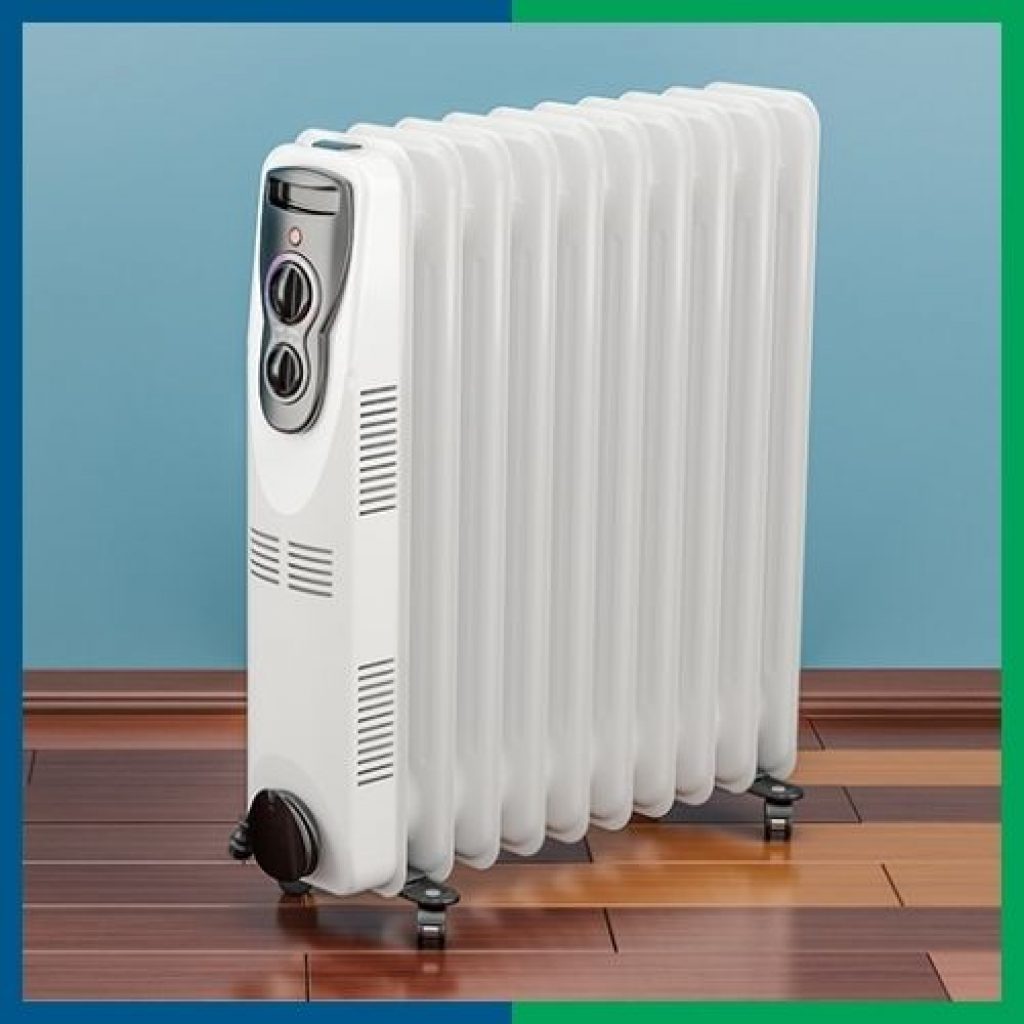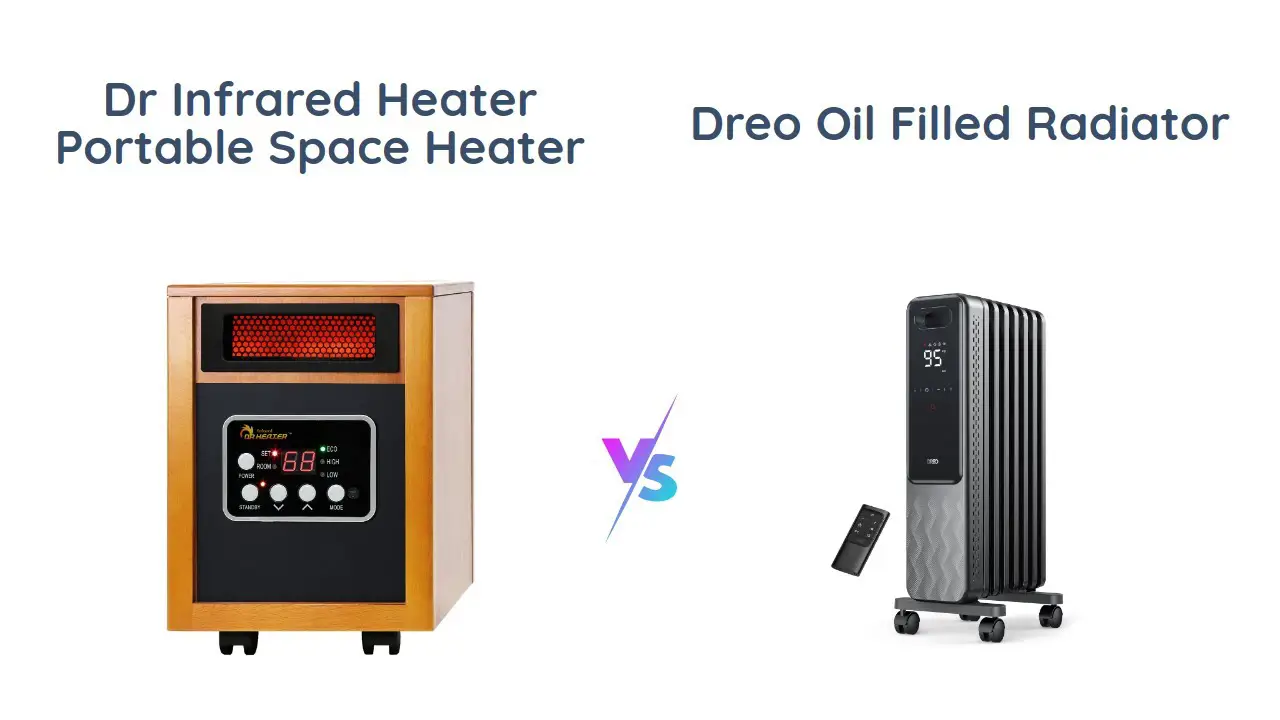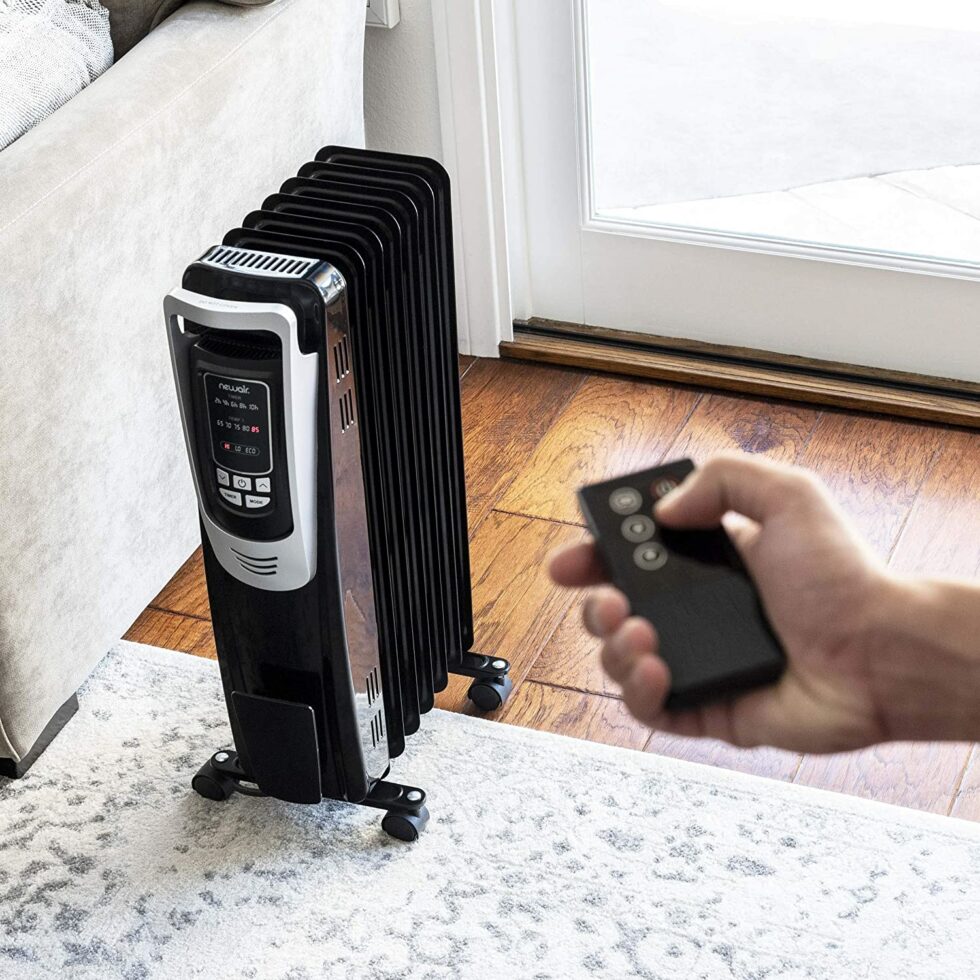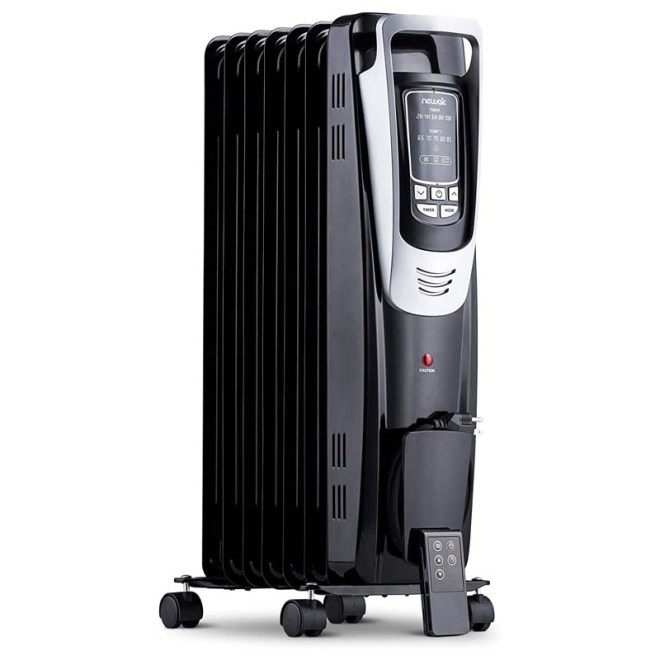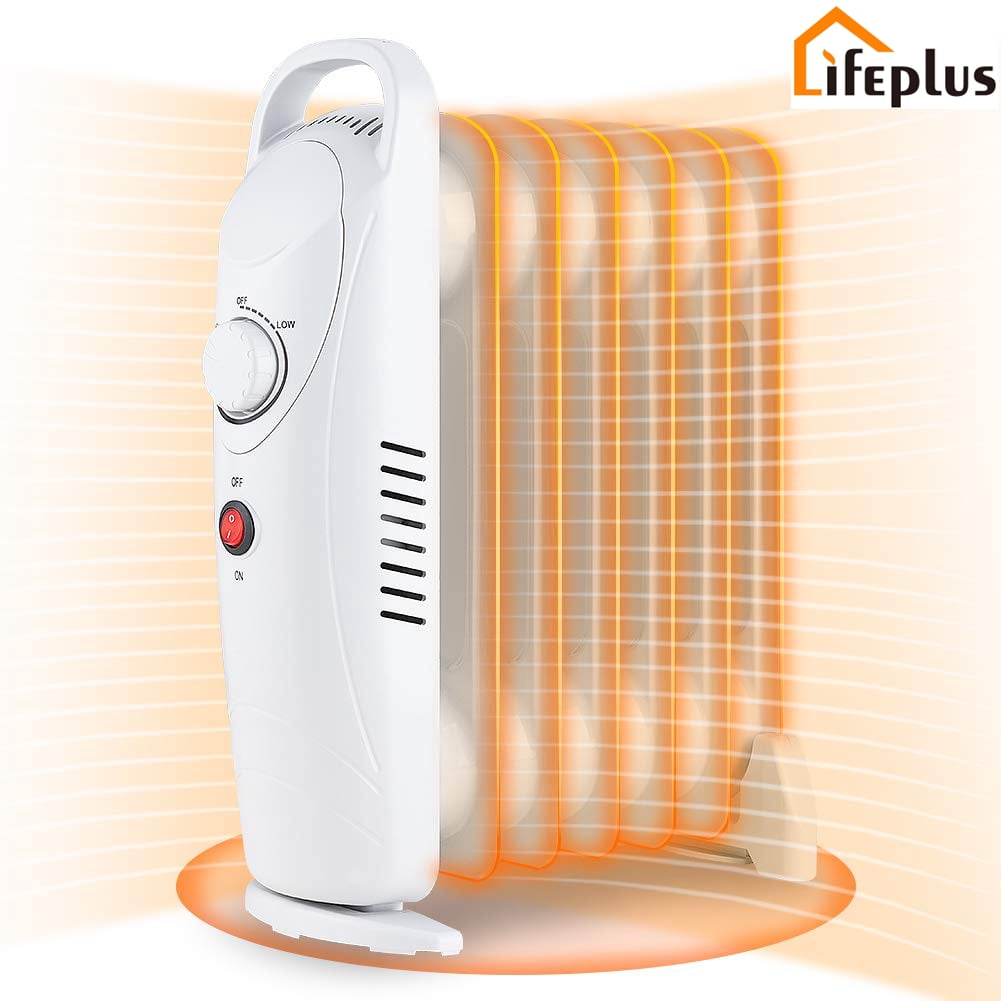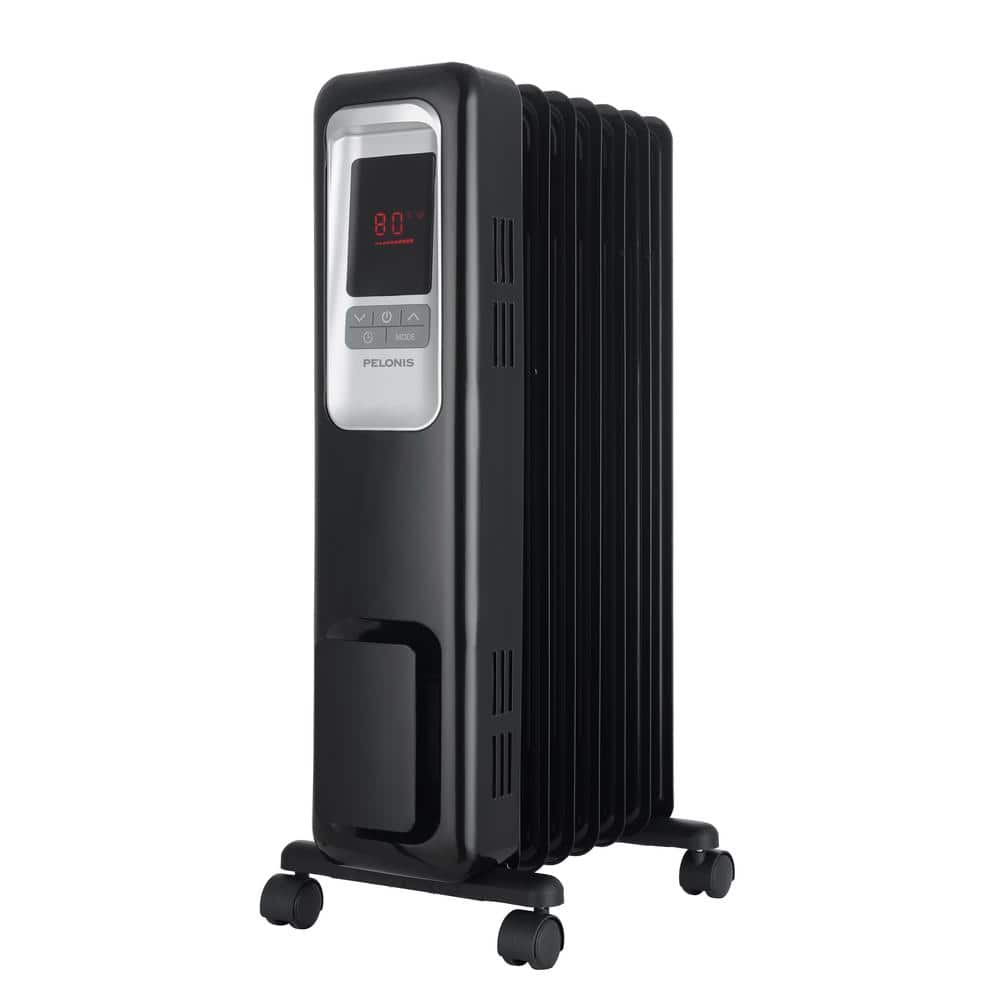Are Oil Filled Space Heaters More Efficient

As winter's chill deepens and energy costs continue to rise, many are seeking affordable ways to heat their homes. One common question frequently arises: are oil-filled space heaters a more efficient option compared to other space heater technologies?
This article will delve into the facts surrounding oil-filled space heaters, examining their energy consumption, heating capabilities, and comparing them to alternative heating solutions. Understanding these aspects is vital for consumers aiming to make informed choices that balance comfort with cost-effectiveness.
How Oil-Filled Heaters Work
Oil-filled radiators, also known as oil-filled space heaters, operate by electrically heating a thermal oil inside the unit.
The heated oil circulates within the radiator, transferring warmth to the metal fins, which then radiate heat into the surrounding room. This process relies on convection and radiation, gently warming the air and objects nearby.
Energy Efficiency: A Closer Look
The efficiency of oil-filled space heaters is often misunderstood. They do not "use less" electricity to generate the same amount of heat compared to other electric resistance heaters.
All electric resistance heaters, including oil-filled, ceramic, and fan-forced models, convert electricity into heat with nearly 100% efficiency at the point of conversion. According to the U.S. Department of Energy, all electric resistance heaters effectively convert electrical energy into heat.
The key difference lies in how that heat is distributed and maintained.
The Myth of "Oil-Filled Efficiency"
The perception of greater efficiency comes from the oil-filled heater's ability to retain heat for a longer period after being turned off.
The heated oil acts as a thermal reservoir, slowly releasing stored heat, which can result in a more consistent and gradual warming effect. However, this doesn’t mean they consume less energy overall.
Cost Implications
While oil-filled heaters may provide a feeling of sustained warmth, they generally take longer to heat up a room compared to fan-forced heaters.
This prolonged heating period can potentially offset any perceived savings from heat retention, especially if the heater is used for short periods.
Consumers should consider their heating needs and usage patterns to determine the most cost-effective option. Consider the cost per kilowatt-hour from your energy provider.
Comparing with Other Space Heaters
Fan-forced heaters offer rapid heating but may distribute heat less evenly and cool down quickly once switched off.
Ceramic heaters provide a balance between rapid heating and heat retention. Each type has its trade-offs concerning heating speed, distribution, and energy consumption.
Impact on Consumers and Society
The choice of space heater significantly impacts household energy consumption and heating costs, especially during peak winter months.
Choosing energy-efficient heating appliances can help lower individual bills and reduce overall energy demand on the grid. The Environmental Protection Agency (EPA) recommends considering the long-term energy costs of any appliance before purchasing.
Consumers should also prioritize safety when using space heaters, ensuring they have appropriate safety certifications and are used according to the manufacturer's instructions.
Conclusion
Oil-filled space heaters are not inherently more energy-efficient than other types of electric resistance heaters in terms of energy conversion. The perceived efficiency stems from their heat retention capabilities.
Consumers should evaluate their specific heating requirements, consider the heating time, and compare energy consumption rates before making a purchase. Informed choices will help balance comfort with energy conservation and cost savings during the winter months.






